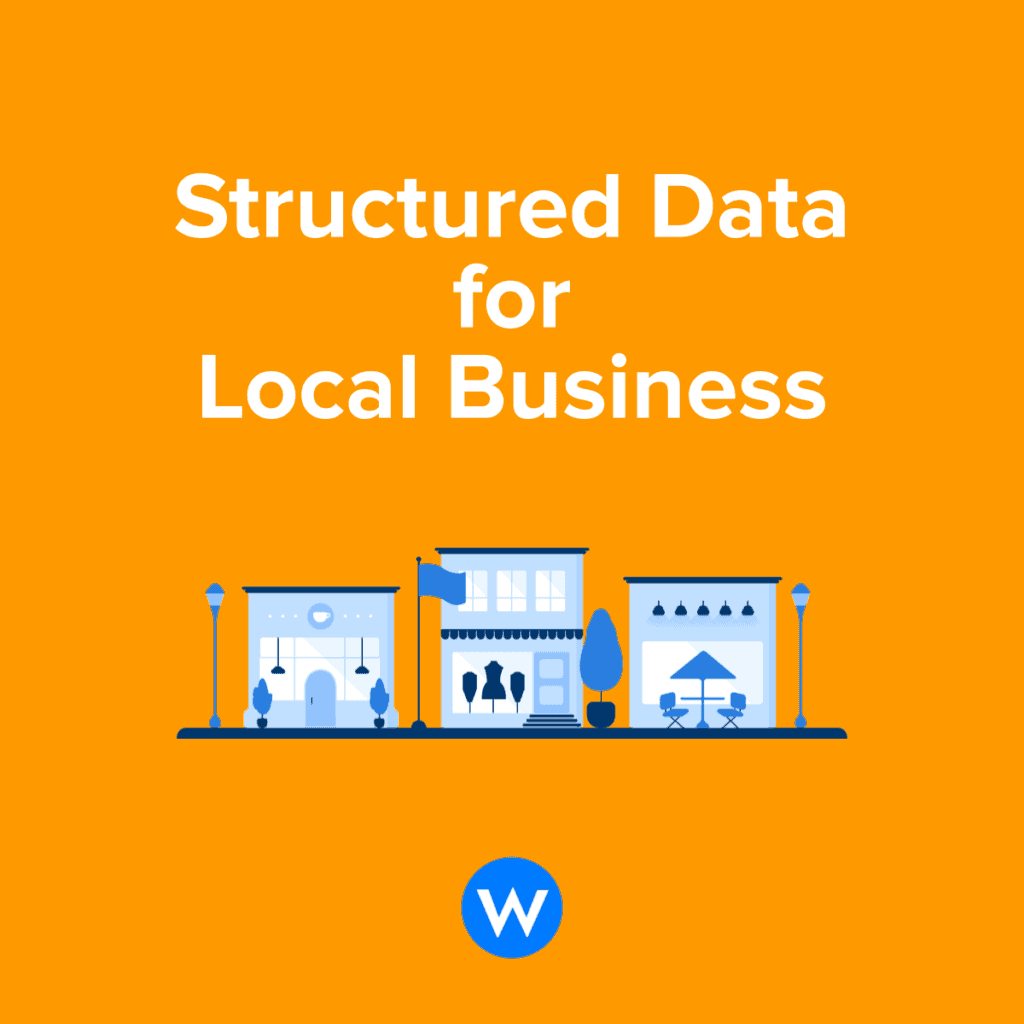Let’s start with the end. In the experiment I am sharing today we measured the impact of a specific improvement on the structured data of a website that references 500+ Local Business (more specifically the site promotes Lodging Business such as hotels and villas for rent). Before diving into the solution; let’s have a look at the results that we obtained using a Causal Impact analysis. If you are a marketing person or an SEO you constantly struggle to measure the impact of your actions in the most precise and irrefutable way; Casual Impact, a methodology originally introduced by Google, helps you exactly with this. It’s a statistical analysis that builds a Bayesian structural time series model that helps you isolate the impact of a single change being made on a digital platform.
In a week, after improving the existing markup, we could see a positive increase of +5.09% of clicks coming from Google Search – this improvement is statistically relevant, unlikely to be due to random fluctuations and the probability of obtaining this effect by chance is very small ????????
We did two major improvements to the markup of these local businesses:
Problem Statement
Google My Business is indeed the simplest and most effective way for a local business to enter the Google Knowledge Graph. If your site operates in the travel sector or provides users with immediate access to hundreds of local businesses, what should you do to market your pages using schema markup against a fierce competition made of the business themselves or large brands such as booking.com and tripadvisors.com?
How can you be more relevant for both travelers abroad searching for their dream holiday in another country and for locals trying to escape from large urban areas?
The approach, in most of our projects, is the same regardless of the vertical we work for: knowledge completion and entity reconciliation; these really are two essential building blocks of our SEO strategy.
By providing more precise information in the form of structured linked data we are helping search engines find the searchers we’re looking for, at the best time of their customer journey.
Another important aspect is that, while we’re keen on automating SEO (and data curation in general), we understand the importance of the continuous feedback loop between humans and machines: domain experts need to be able to validate the output and to correct any inaccurate predictions that the machine might produce.
There is no way out – tools like WordLift needs to facilitate the process and web scale it but they cannot replace human knowledge and human validation (not yet at least).
The Solution
LocalBusiness markup works for different types of businesses from a retail shop to a luxury hotel or a shopping center and it comes with sub-types (here is the full list of the different variants from the schema.org website).
All the sub-types, when it comes to SEO and Google in particular, shall contain the following set of information:
The JSON-LD behind a Local Business
Here is the gist.
.gist {width:800px; overflow:auto; height: 400px} .gist .file-data {max-height: 500px;max-width: 500px;}
Google My Business reconciliation
In order to improve the markup and to add the hasMap property on hundreds of pages we’ve added a new functionality in WordLift’s WordPress plugin (that also works already for non-WordPress websites) that helps editors:
From the screen below the editor can either “Accept” or “Discard” the provided suggestions.
WordLift reconciles an entity with a loose match with the name of the business, the address and/or the phone number.
Adding location markup using containedInPlace/containsPlace and linked data
As seen in the json-ld above we have added – in a previous iteration (and independently from the testing that was done this time) two important properties:
This data is also very helpful to compose the breadcrumbs as it will help the searcher understand and confirm the location of a business. Most of us, still make searches like “WordLift, Rome” to find a local business and more likely we will click on results where we can confirm that – yes, WordLift office is indeed located in Italy > Lazio > Rome.
To extract this information along with the sameAs links to Wikidata and GeoNames (one of the largest geographical databases with more than 11 million locations) we used our linked data stack and an extension called WordLift Geo to automatically populate the knowledge graph and the JSON-LD with the containedInPlace and containsPlace properties.
Conclusions

One key aspect in SEO, if you are a local business (or deal with local business), is to have the correct location listed in Google Maps and link your website with Google My Business. The best way to do that is to properly markup your Google Map URL using schema markup.
What is the hasMap property and how should we use it?
In 2014 (schema v 1.7) the hasMap property was introduced to link a web page of a place with the URL of a map. In order to facilitate the link between a web page and the corresponding entity on Google Maps we can use the following snippet in the JSON-LD “hasMap”: “https://maps.google.com/maps?cid=YOURCIDNUMBER”
What is the Google CID number?
Google customer ID (CID) is a unique number used to identify a Google Ads account. This number can be used to link a website with the corresponding entity in Google My Business.
How can I find the Google CID number using Google Maps?
Search the business in Google Maps using the business nameView the source code (use view-source: followed by the url in your browser)Click CTRL+F and search the source code for “ludocid”The CID will be the string of numbers after “ludocid\\u003d” and before #lrd
This content was originally published here.


